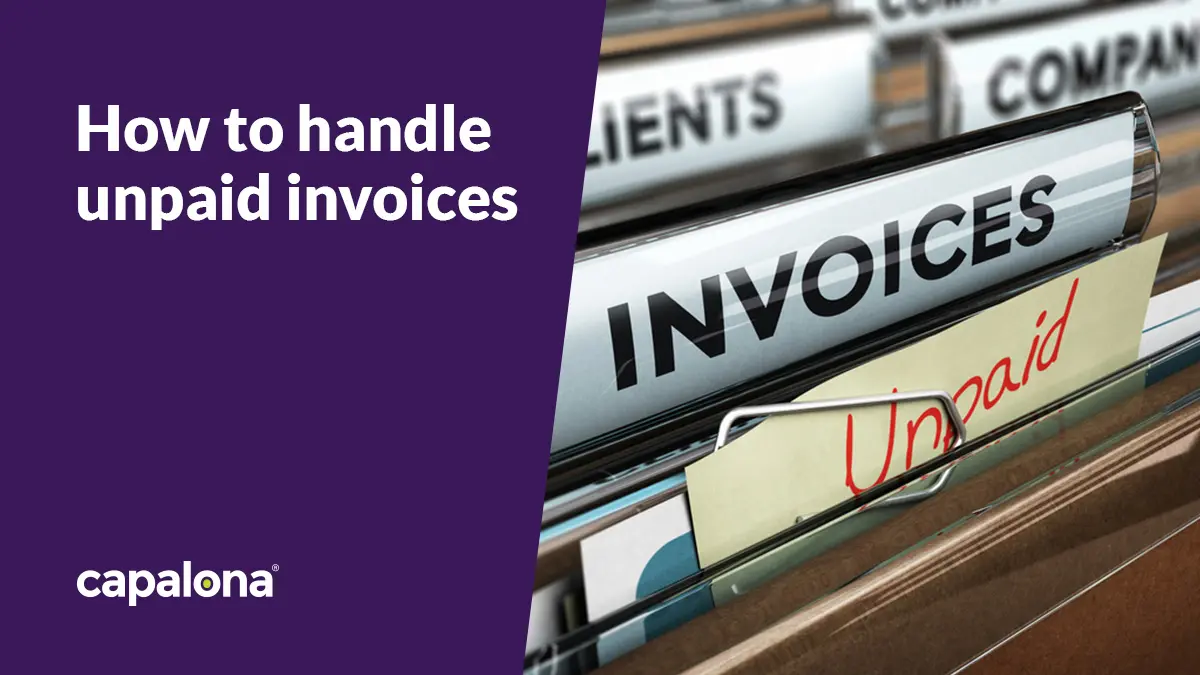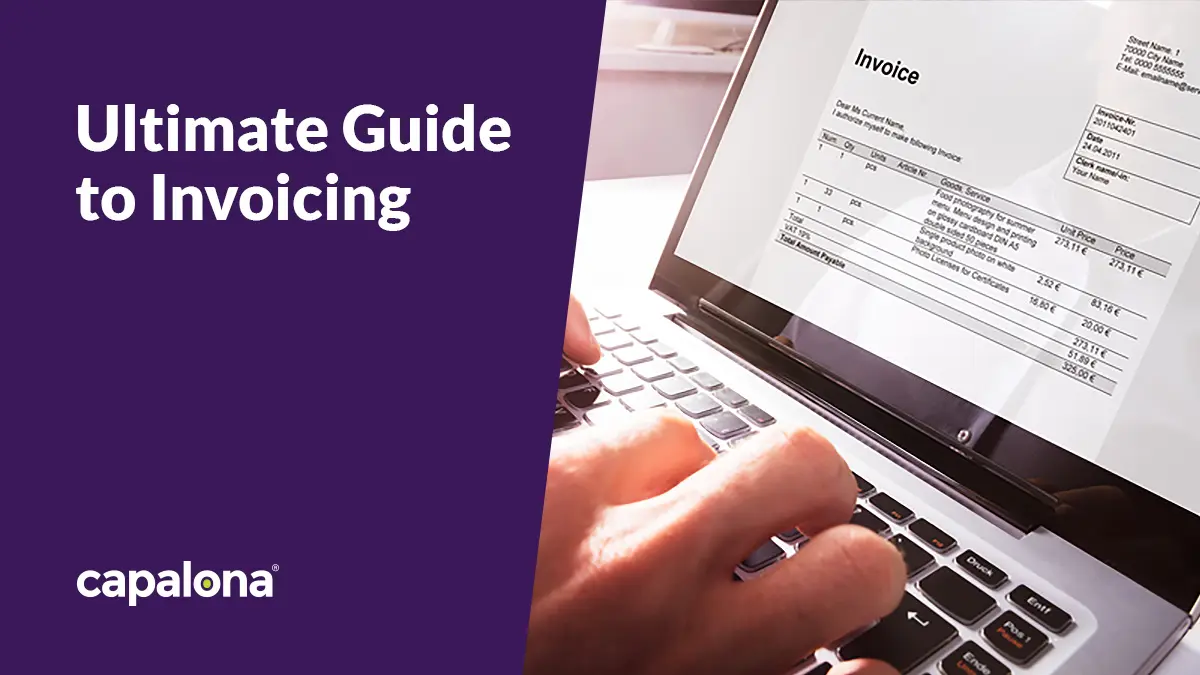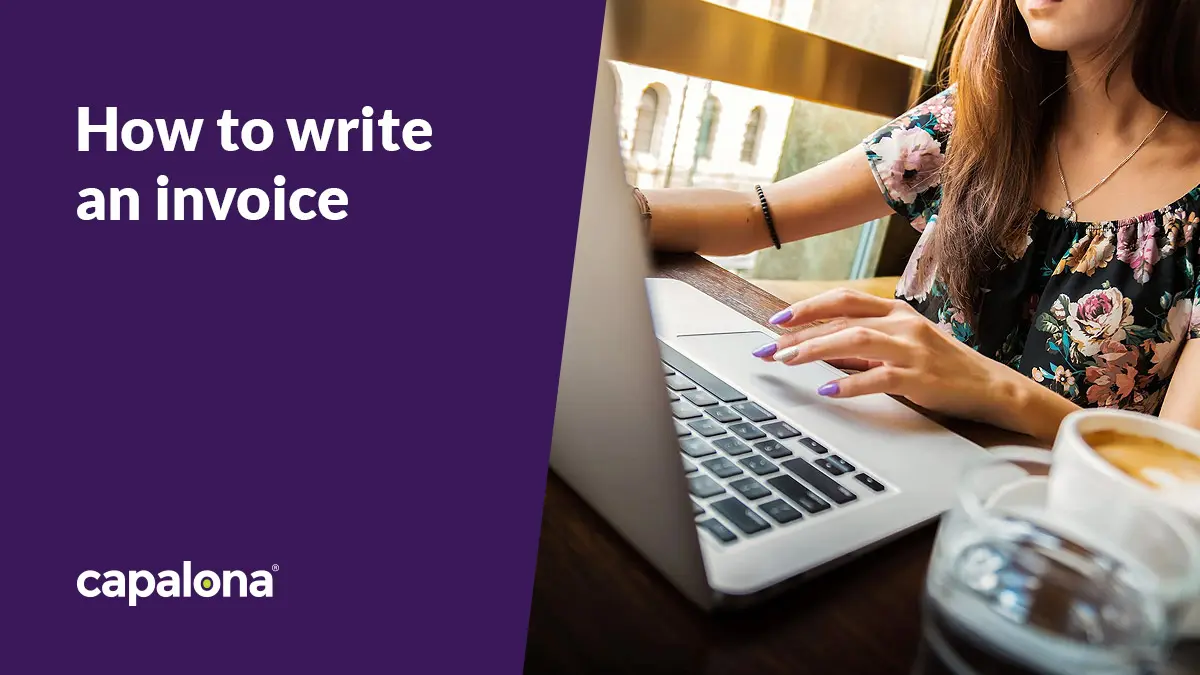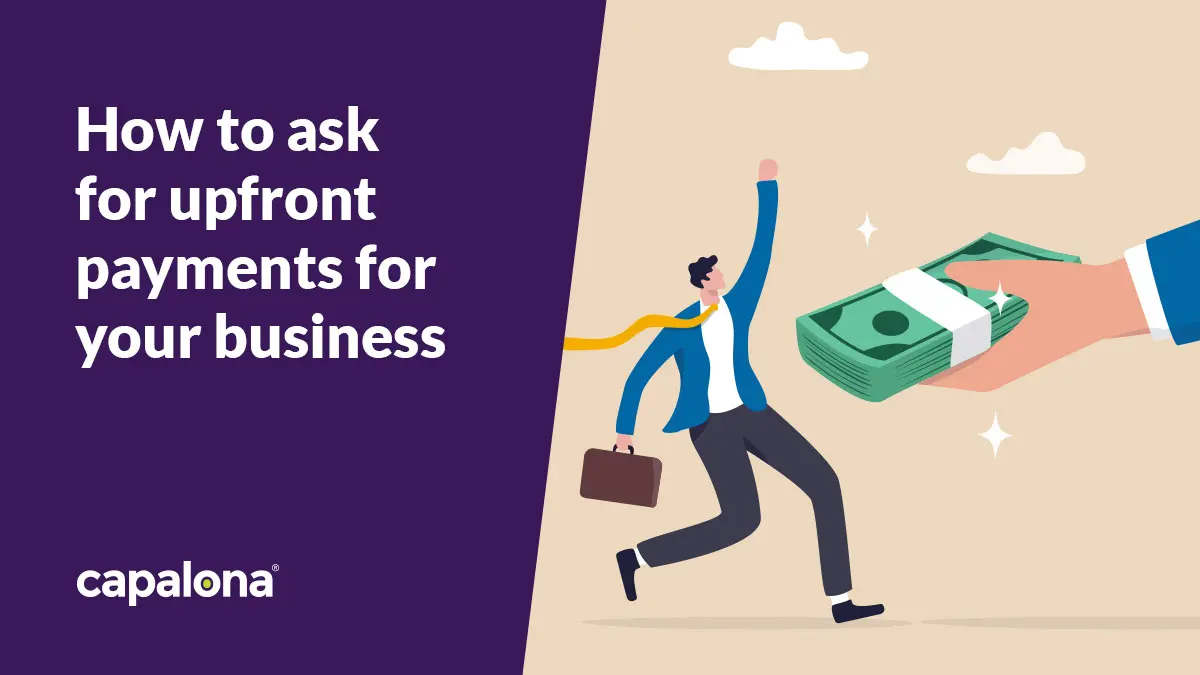You probably keep reading about how cash flow is the lifeblood of any business - and it’s true, it is. You need working capital to run a business. Late payments kill 50,000 small businesses and cost the UK economy £2.5bn each year, says the Federation for Small Businesses (FSB).
You’ve heard all the excuses “we’re processing your payment as we speak”, “I didn’t receive your invoice”, or “we’ve already sent payment”.
Whatever the excuse, not paying invoices is inexcusable. You’ve delivered the product or service they employed you for; now it’s time for them to pay up.
And it’s not just the toll unpaid invoices can have on your business bank balance; it affects mental health, too. The Credit Protection Association says that a third of small business owners think that outstanding payments affect their personal life. Let’s face it, dealing with unpaid invoices is stressful.
So how do you navigate getting hold of the cash you’re owed?
In this blog, we’re sharing some tips on getting those invoices paid and ensuring you’re not left high and dry again.
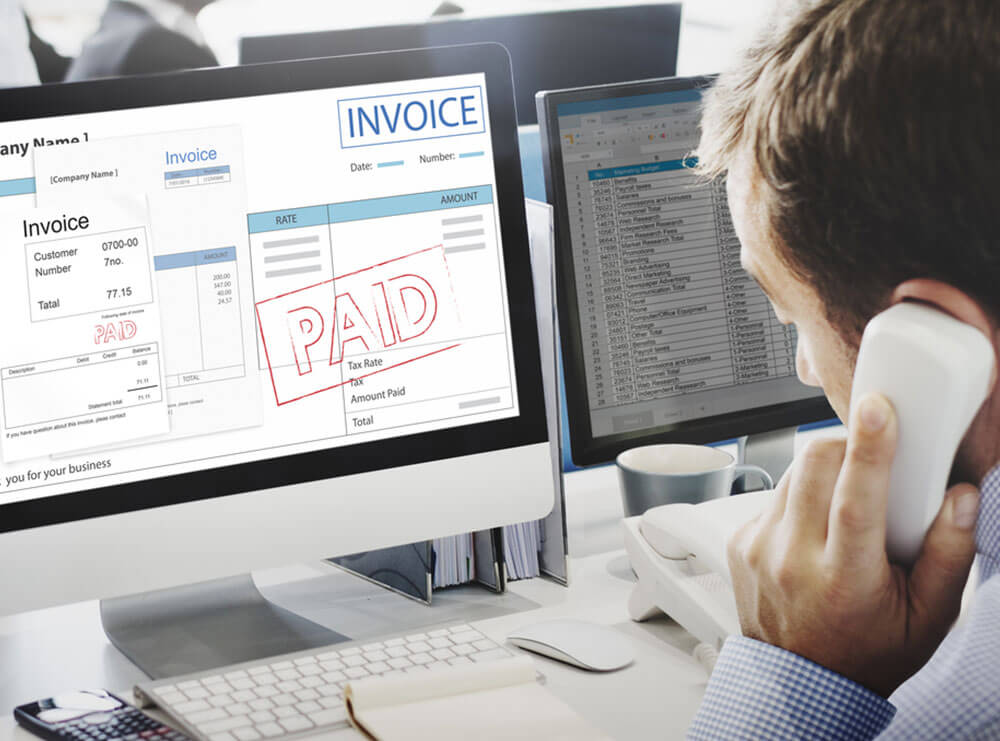
How to chase an unpaid invoice
According to research by Xero, 52% of UK business owners worry about unpaid invoices. And although there’s no guarantee that every client will pay you on time all the time, there are a few strategies you can use to get clients to pay up.
Send reminders (and be consistent about it)
It’s always good practice to send an “invoice is due” reminder a few days before the due date. It’s extra admin work, yes, but it’s worth it if the client has a history of late invoice payments. If your client is a small business too, there’s a chance it’s just slipped their mind, so it’s always good to give them a nudge.
Let’s say the invoice due date passes without so much as a cursory “sorry about that” email. Follow up with the client as soon as the invoice is overdue — how long you leave it is up to you. But don’t leave it too long; remember, this money is owed to you, so don’t be afraid to send them friendly and consistent reminders.
Always keep it friendly; you don’t want to damage your relationship with them (providing you want to continue working with them).
If it helps, you can use the below email template as a guide.
Hi [first name],
I notice that my invoice (number ######) was due yesterday, and you haven’t yet made payment.
I’ve attached the invoice to this email, in case you need it for reference. I’d appreciate it if you could make the payment as soon as possible.
Please let me know if you have any problems.
Thanks,
After sending consistent reminders, follow each email up with a phone call. Make every effort to contact them through whichever channel is necessary.
Why send an email first? Because you’ve got a paper trail, don’t just call — build that paper trail of evidence.
Offer your client various ways to pay
If your client is struggling to make the payment in full, consider offering them the chance to pay in instalments. This helps account for unexpected cash flow issues at their end, and you eventually get your money, even if it isn’t as you had initially planned.
Issue an email about the next steps
If you’ve still not heard from your client regarding this particular issue, you can issue an email detailing the next steps. Whether you’re hoping to pursue your invoice through the small claims court or hiring a debt collection agency, layout the path you plan to take to retrieve your outstanding payments.
Again, remain friendly and polite, detailing that you wish it didn’t have to go this far and that if they’re able to make payment quickly, you won’t need to proceed.
Employ a commercial debt collection agency
If your invoice remains unpaid after following the above steps, it’s time to consider getting a third party involved. Commercial debt collection services can help you (the creditor) get your outstanding debt from your client (the debtor) amicably and professionally.
A commercial debt collection agency has the in-house skills and expertise required to handle these delicate financial situations. So if you’re tired of chasing payments and getting nowhere, they could be a good option.
As a small business owner, your time is precious; there’s no need for you to waste any more of it chasing client payments - hand it over to the collection agency.
Make a court claim
You can take legal action against your UK client with anything up to £10,000 classed as a small claim. Simply make your claim online, but beware, you will need to pay a fee depending on the amount you’re claiming for. The fees start from £35 for claim amounts up to £300 to £10,000 for claims more than £200,000.
Legal action should only be taken if you’ve tried meditating with your client.
5 ways to avoid late invoice payments in the future
Now you’ve got a few ideas about tackling already late payments; how can you weed out those problem clients and spot red flags early on? Of course, there’s nothing to say a poor paying client will slip through the cracks every now and again, but there are a few things you can do to reduce the chances of poor paying clients.
1. Go with your gut
It can be tricky if you need the money; how could you possibly turn away any opportunity to make money? Trust us; it’s sometimes not worth the hassle. If you get the feeling this client has poor communication or you just get a sense that this won’t be a good relationship, walk the other way.
Focus on building your business with reputable, trustworthy clients.
2. Communicate your payment terms from the outset
Share your payment terms early on in your client relationship and make sure they’ve agreed to them. For example, if you have a 14-day payment period, recognise that not everyone might be able to make this tighter-than-usual turnaround. If they can’t agree to your payment period, ask what their usual period is (payment periods can be anywhere between 30 and 120 days).
The more you know from the beginning, the more you can forecast your finances.
You can consider asking for a percentage of the full invoice upfront before you start working and then at milestones throughout the project - this is another great way to ensure you’ll get paid for the work you deliver.
If they refuse to pay at each milestone, cease all work for them until they pay.
3. Sign a contract
If a client refuses to sign a contract, that’s a red flag right there. Why wouldn’t they sign a contract? A contract protects both parties. So run for the hills if they outright refuse.
Getting your client to sign a contract can give you the confidence that they’re likely to pay you when you’ve delivered the service. In your contract, don’t forget to set out the terms and conditions of your work, deliverables along with dates and information about your payment process.
When creating future contracts, you could consider adding in late payment fees; for example, if the payment is overdue after 30 days, you could charge an extra 2 percent on top of the total invoice amount.
To create a contract, check out DocuSign, PandaDoc, and Simply Docs. All these tools offer simplistic templates you can edit to suit your contract needs.
4. Consider using invoice finance
Invoice finance can help you access up to 95% of the total unpaid invoice amount, ensuring your cash flow remains healthy, and your business continues thriving. This means you no longer need to wait around for your client to pay you. Instead, you can take the worries of non-payment off your mind and concentrate on running your business.
With invoice finance, the lender effectively buys your outstanding invoice at a discounted rate and gives you a percentage of the outstanding invoice amount, usually without 24 hours. There are three types of invoice finance: invoice factoring, invoice discounting and selective invoice finance.
5. Deliver your service on time
If you’ve agreed on set deadlines for the work being delivered, deliver it on time. You don’t want to give your clients any reason to delay your invoice payment.
If your client requires work to be delivered in a shorter time frame, manage their expectations; communication is key to a good client relationship. Don’t put yourself under unnecessary pressure to try and meet a deadline that you know you’ll struggle to meet.
Consider using a free project management tool going forward, so you learn how to manage your time more effectively. Tools such as Toggl or Clockify can help you understand how long it takes you to deliver different projects. Armed with this information, you can confidently gauge how long tasks will take you to complete moving forwards.
Remember, it’s not rude to chase your invoices. You’ve delivered a service or product your client has ordered from you, it’s only right you see payment for that.

